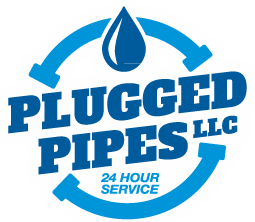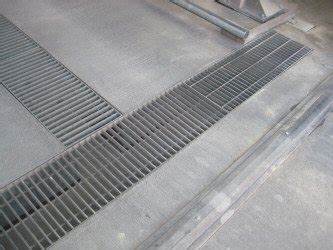Proper maintenance of wash bay floor drains is crucial to prevent operational inefficiencies and ensure environmental safety. This guide offers a comprehensive approach to keeping these essential systems in top condition, detailing practical steps and preventive care to avoid common issues such as clogs, overflows, and potential non-compliance with environmental regulations.
Importance of Regular Maintenance
In environments where heavy-duty cleaning occurs, such as automotive, agricultural, or industrial wash bays, drains encounter various contaminants including oils, chemicals, and solid debris. These elements can easily compromise the drainage system’s efficiency and, if not properly managed, can lead to hazardous work conditions and environmental penalties.
Comprehensive Maintenance Strategies
Daily and Weekly Cleaning Protocols
Begin with establishing daily routines that involve clearing debris from drain covers to prevent blockages. Incorporate weekly flushes with water to ensure any residual debris within the drain is pushed through the system, preventing build-up.
Monthly Deep Cleaning
Every month, perform a deep clean using specialized tools such as plumbing snakes or high-pressure water jets. This step is vital for dislodging and removing the accumulation of grease and sludge that regular washing might miss.
Regular Structural Inspections
Quarterly, inspect the physical condition of the drainage system. Check for signs of wear like cracks, corrosion, or loose fittings. Early detection of these issues can save costly repairs and downtime in the future.
Implementing Filtration Solutions
Use filters or strainers to catch larger particles that could clog the drainage system. Regularly check and clean these filters to maintain their effectiveness and ensure smooth operation.
Monitoring and Adjustments
Keep a close watch on how the system performs. Slow drainage might indicate a blockage forming or an issue with the system’s design that needs adjustment. Monitoring also helps in adjusting the cleaning frequency based on the observed condition and performance of the drain system.
Environmental Compliance
Adhere to local environmental regulations concerning wastewater disposal. Consider installing water treatment solutions such as oil-water separators which help treat contaminants before they enter the sewage system, thus preventing pollution and ensuring compliance with environmental standards.
Final Thoughts
Effective maintenance of wash bay floor drains is not just about routine cleaning but about creating a systematic approach that includes prevention, timely intervention, and adherence to environmental practices. By taking proactive steps, businesses can ensure their operations continue smoothly without risking safety or compliance issues.
This maintenance guide aims to empower facility managers with knowledge and strategies that lead to better management of wash bay drainage systems, ultimately fostering a safer, cleaner, and more compliant workplace.

